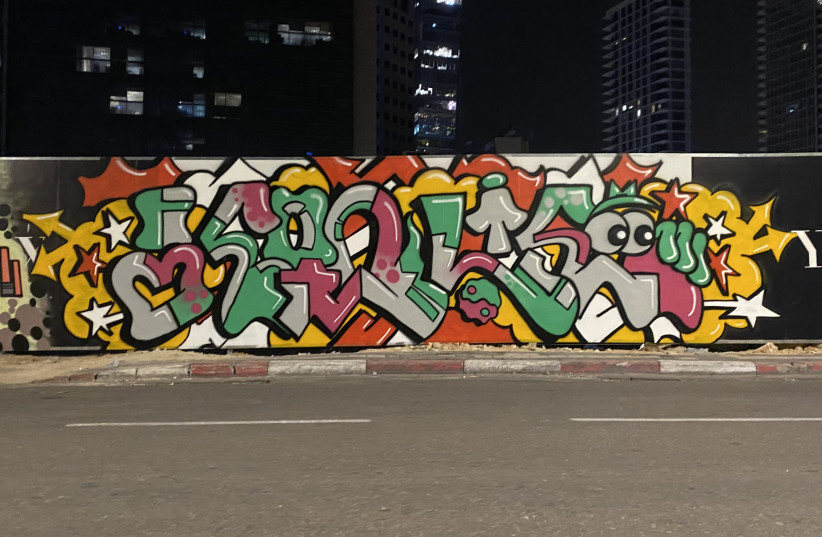Walls in elegant cities around the world are plastered with graffiti that mars their beauty – a seemingly modern phenomenon carried out by angry (or creative) people. But it turns out that graffiti drawings – intentional marks or drawings made by scratching or engraving on a large surface like a wall in public places go back to ancient times in Egypt.
Researchers at Simon Fraser University (SFU) in Ottawa, Canada are learning more about ancient graffiti and their amazing comparisons with modern graffiti as they produce a state-of-the-art 3D recording of the Temple of Isis in Philae, Egypt. The researchers have just published their early findings in Egyptian Archaeology under the title “Figures that Matter: Graffiti of the Isis Temple at Philae” and have returned to Philae to promote the project.
“It's fascinating because there are similarities with today's graffiti,” says SFU geography Prof. Nick Hedley, co-investigator of the project. “The iconic architecture of ancient Egypt was built by those in positions of power and wealth, but the graffiti records the voices and activities of everybody else. The building acts like a giant sponge or notepad for generations of people from different cultures for over 2,000 years,” he said.
“It's fascinating because there are similarities with today's graffiti.”
Prof. Nick Hedley
As an expert in spatial reality capture, Hedley leads the team’s innovative visualization efforts, documenting the graffiti, architectural context and the spaces they are found in using advanced methods like photogrammetry, raking light and laser scanning. “I’m recording reality in three-dimensions, the dimensionality in which it exists,” he explained.
With hundreds, if not thousands of graffiti, some carved less than a millimeter deep on the temple’s columns, walls and roof, precision is essential.

Typically, the graffiti would be recorded through a series of photographs – a step above hand-drawn documents – enabling the researchers to take pieces of the site away and continue working.
Sabrina Higgins, an SFU archaeologist and project co-investigator, noted that photographs and two-dimensional plans do not allow the field site to be viewed as a dynamic, multi-layered and evolving space. “The techniques we are applying to the project will completely change how the graffiti and the temple can be studied,” she said.
Beyond two-dimensional imaging
Hedley is moving beyond basic two-dimensional imaging to create a cutting-edge 3-D recording of the temple’s whole surface. This will allow the interior and exterior of the temple and the graffiti to be viewed and studied at otherwise impossible viewpoints, from virtually anywhere without compromising on detail.
This three-dimensional visualization will also make it possible for researchers to study the relationship between a figural graffito, any graffiti that surrounds it and its location in relation to the structure of temple architecture.
While this is transformative for viewing and studying the temple and its inscriptions, Hedley points to the big-picture potential of applying spatial reality capture technology to the field of archaeology, and beyond.
“Though my primary role in this project is to help build the definitive set of digital wall plans for the Mammisi at Philae, I’m also demonstrating how emerging spatial reality capture methods can fundamentally change how we gather and produce data and transform our ability to interpret and analyze these spaces. This is a space to watch” Hedley concluded.
